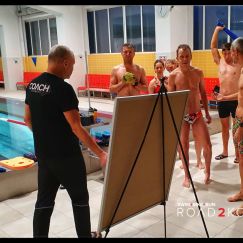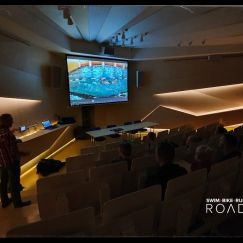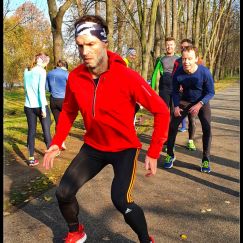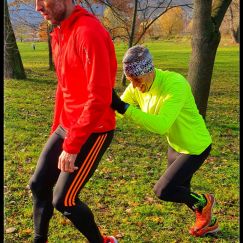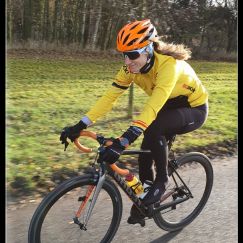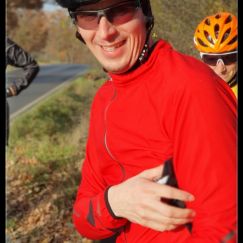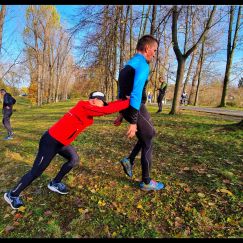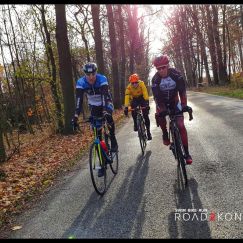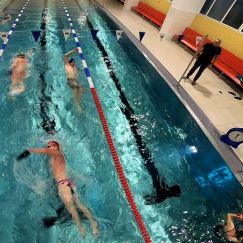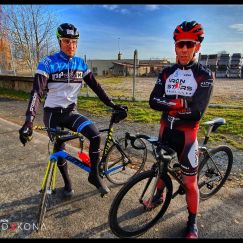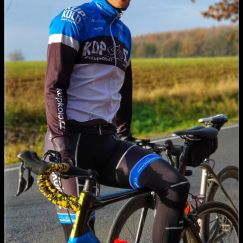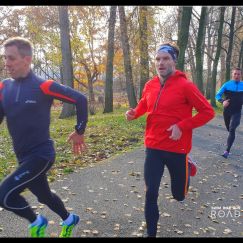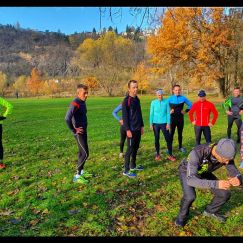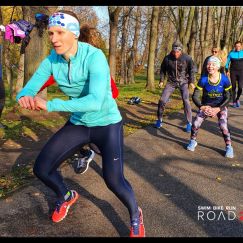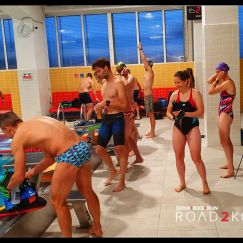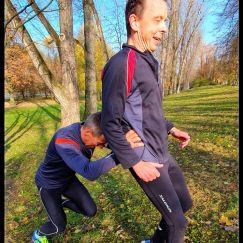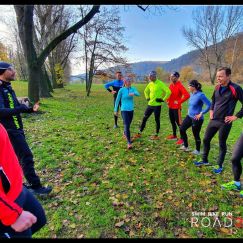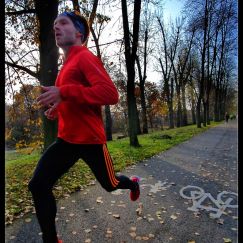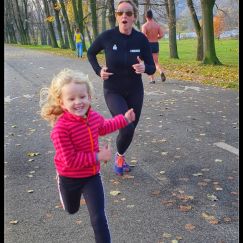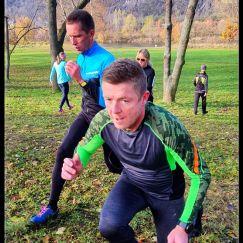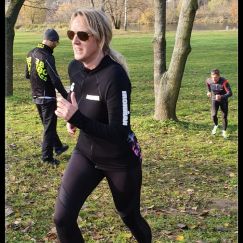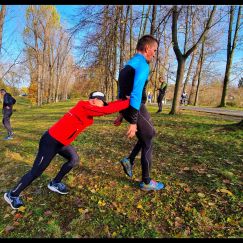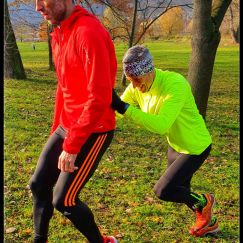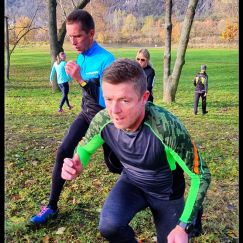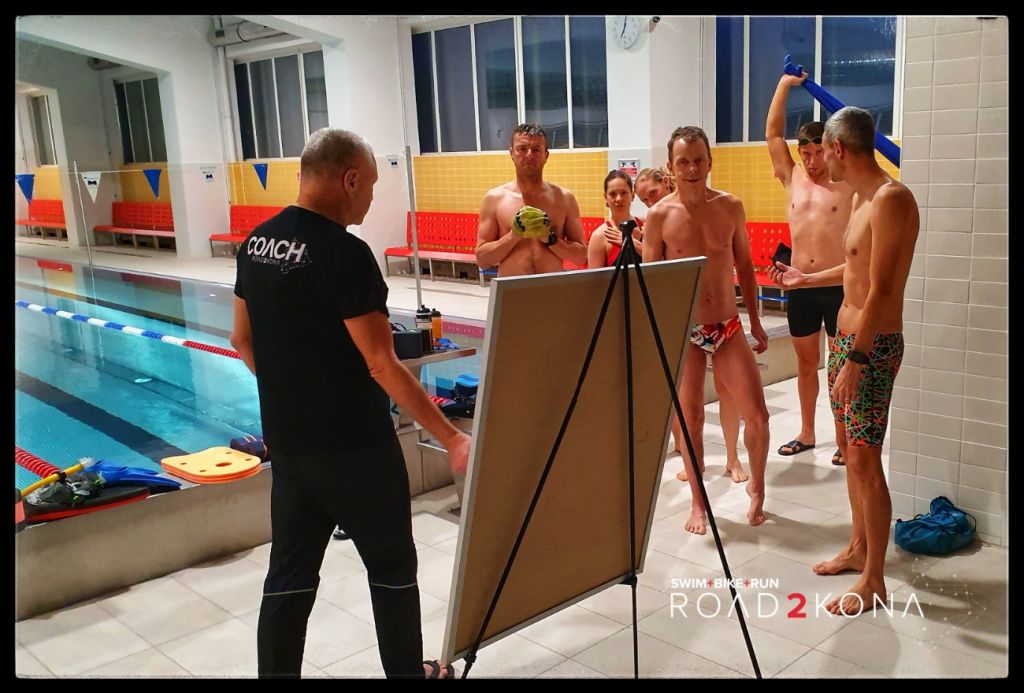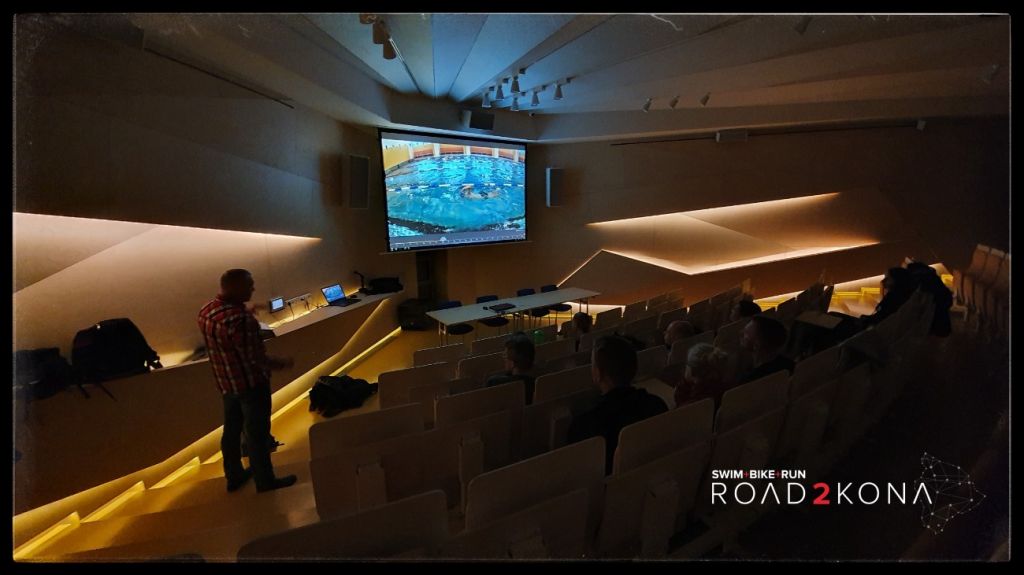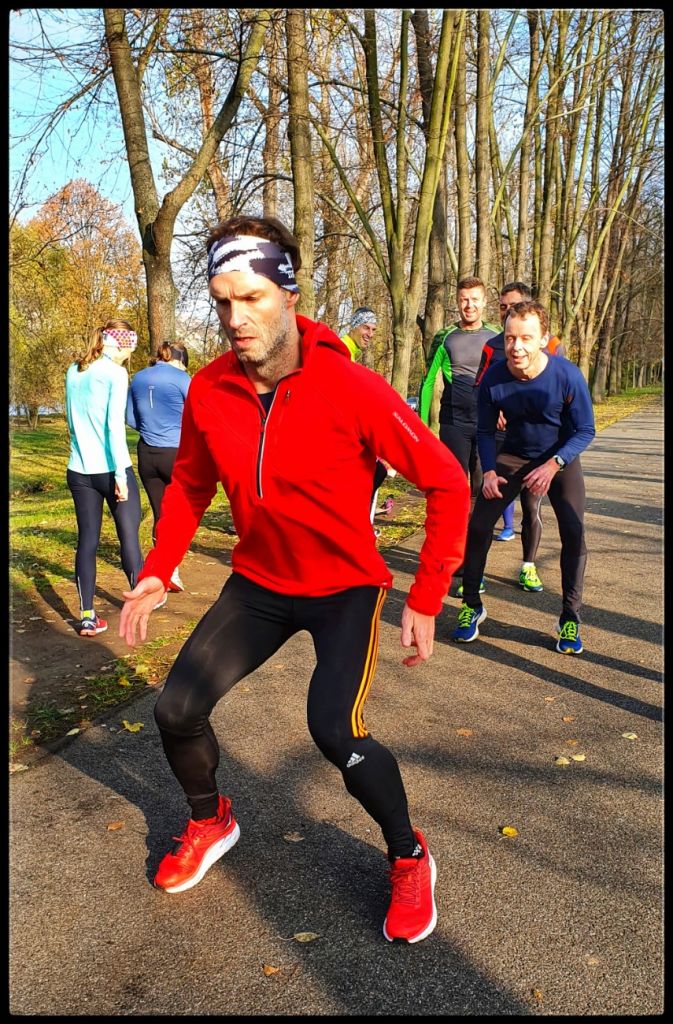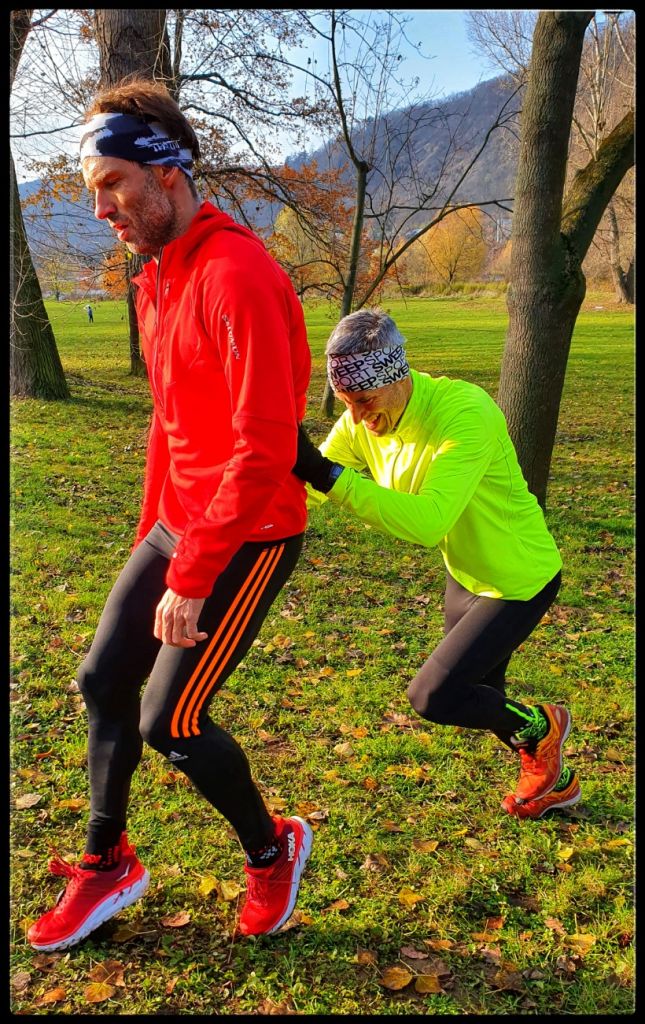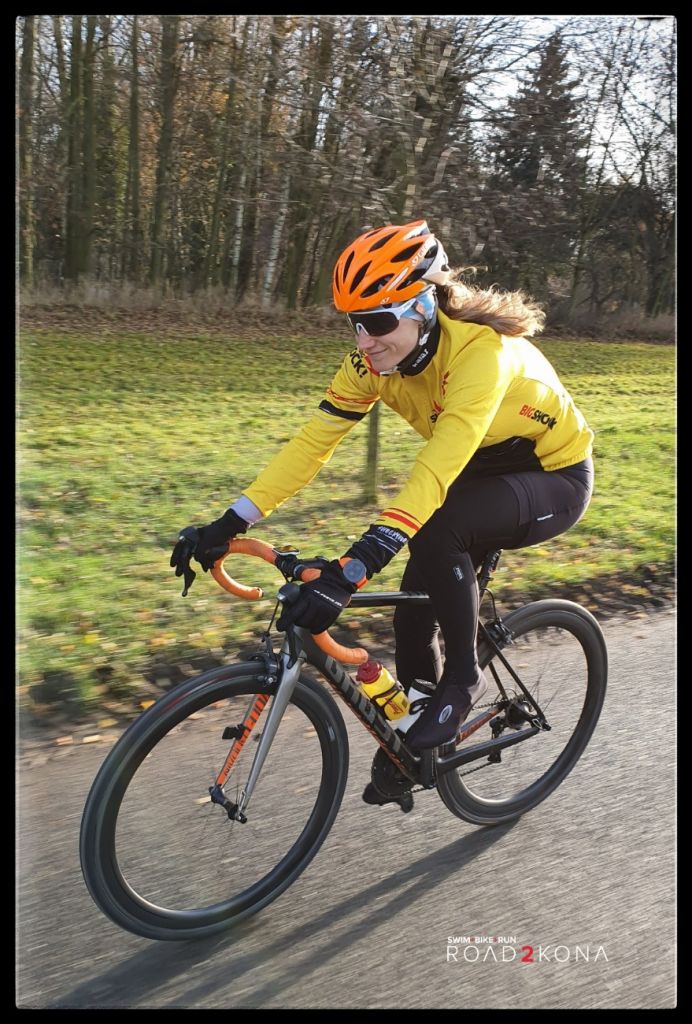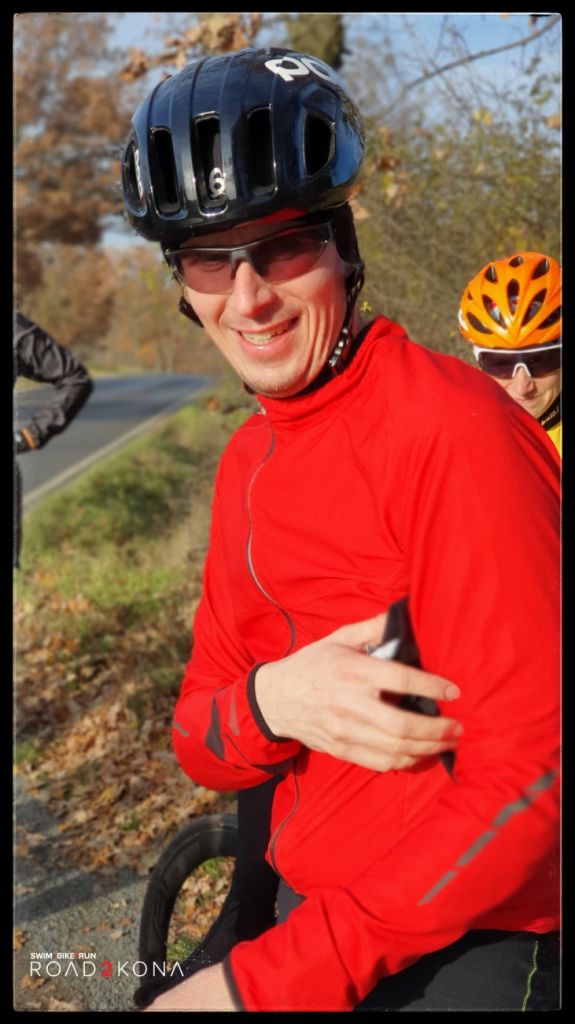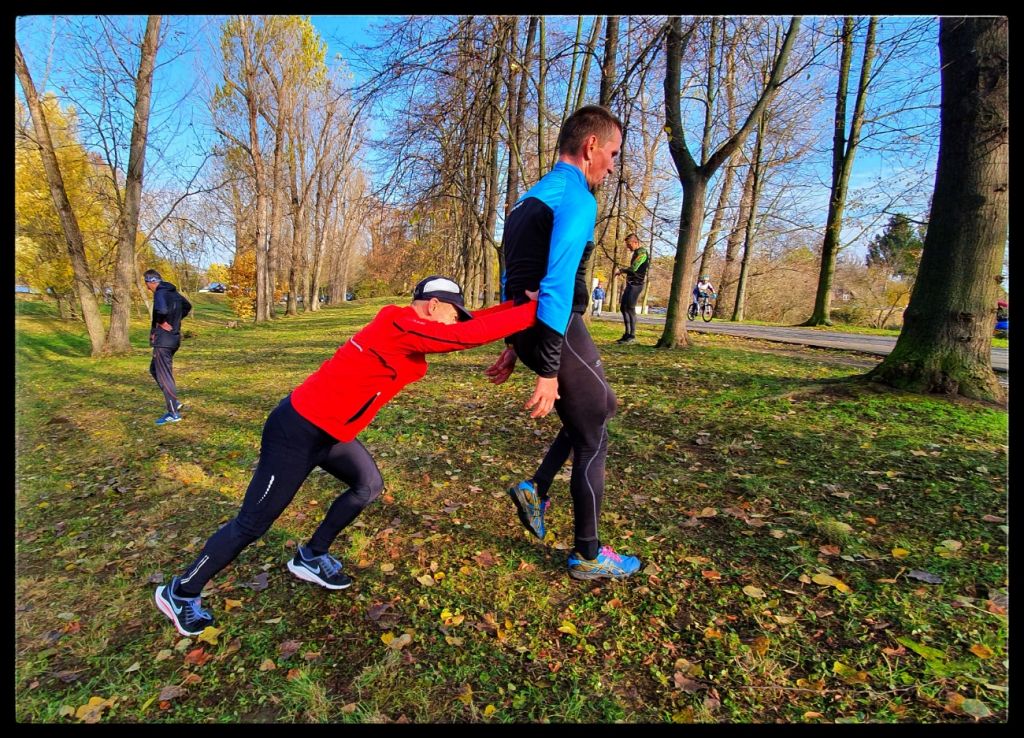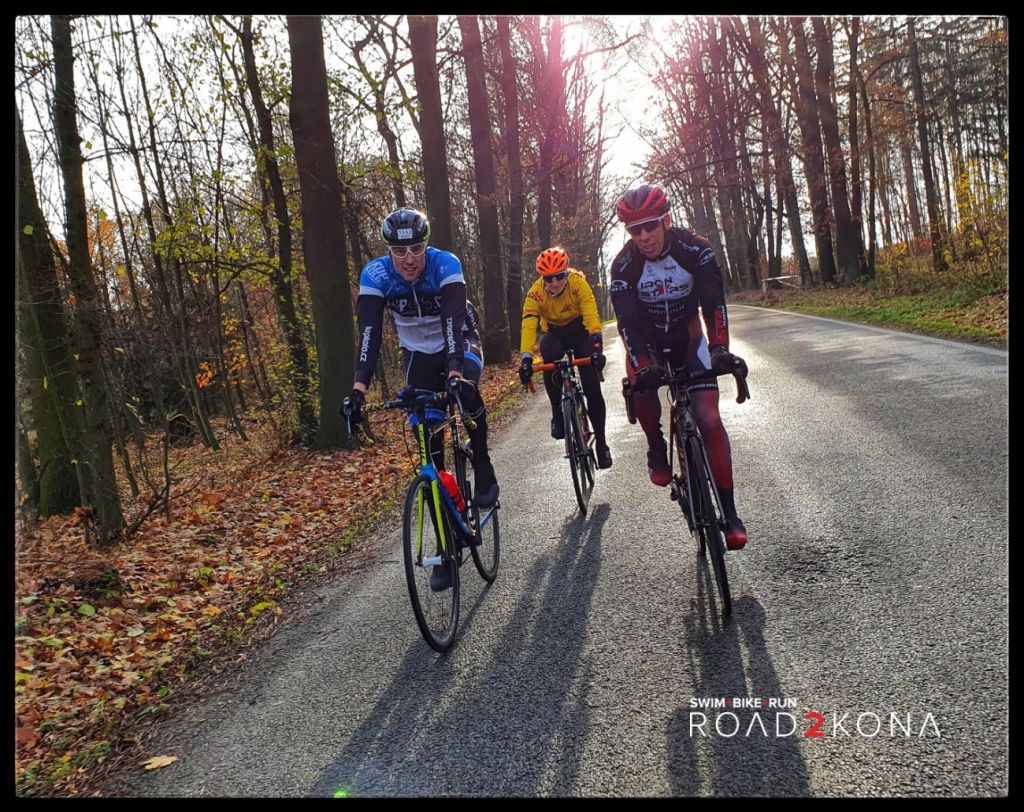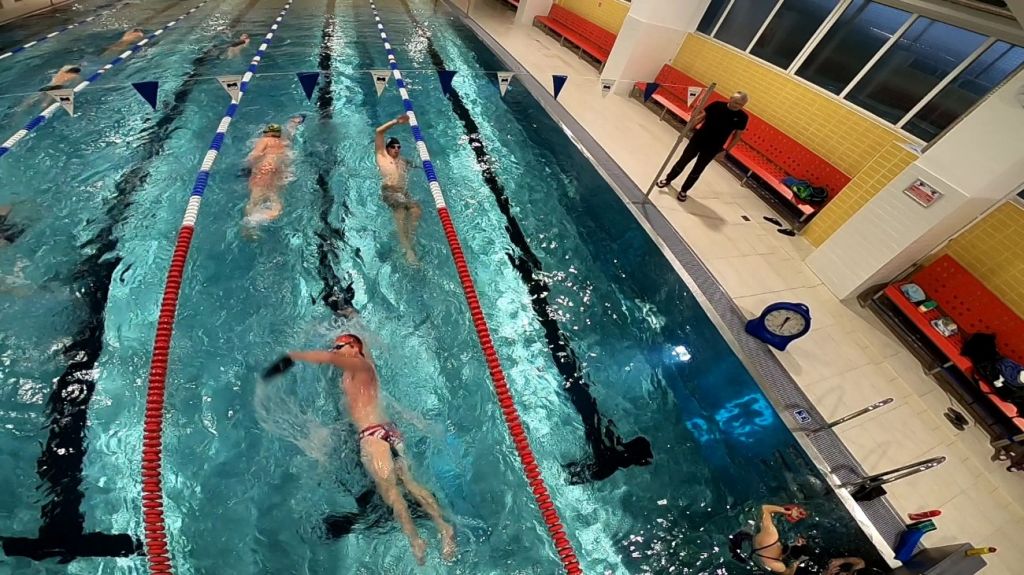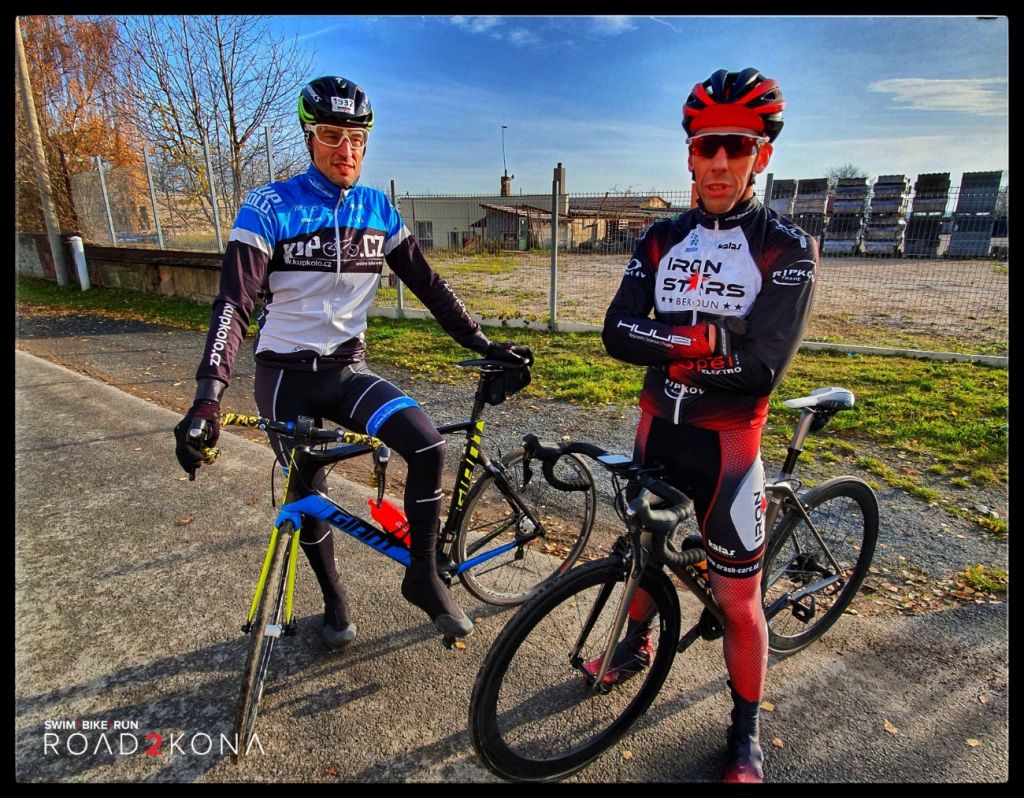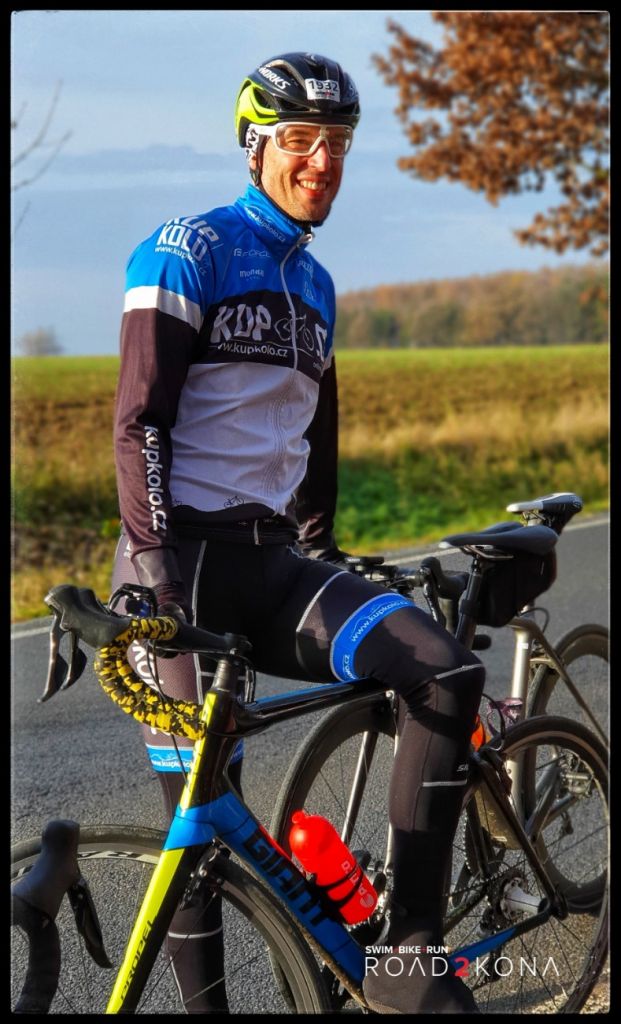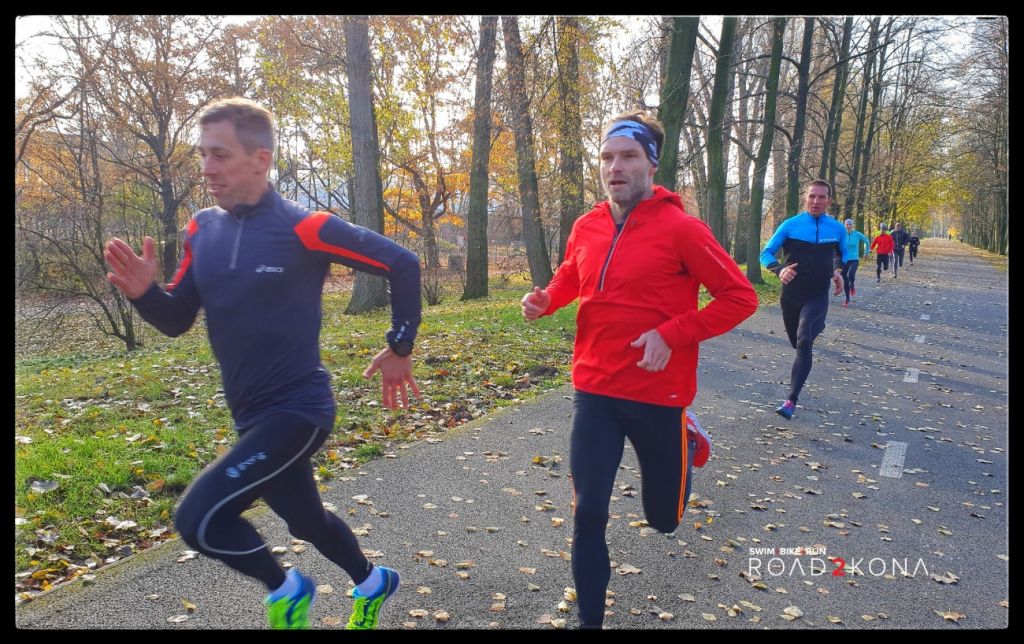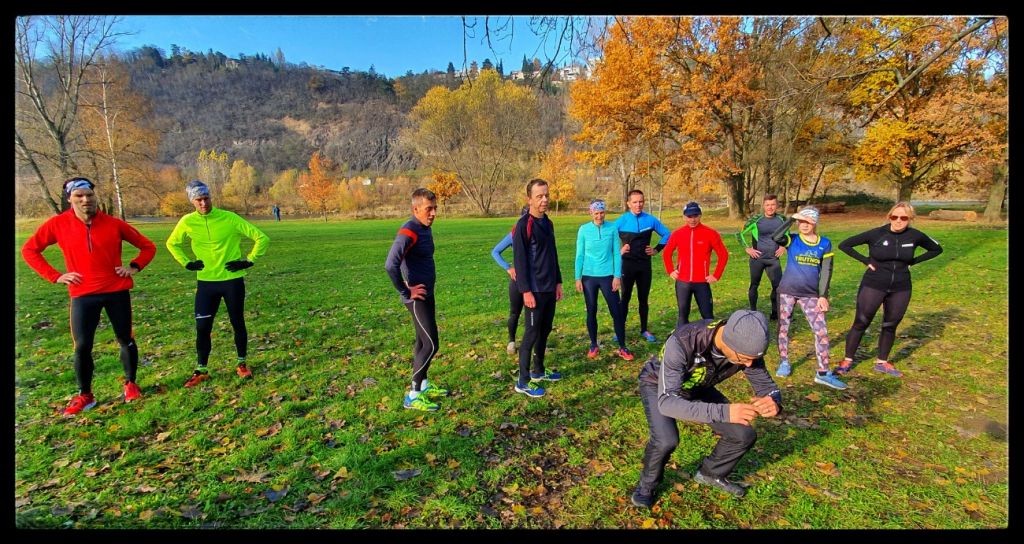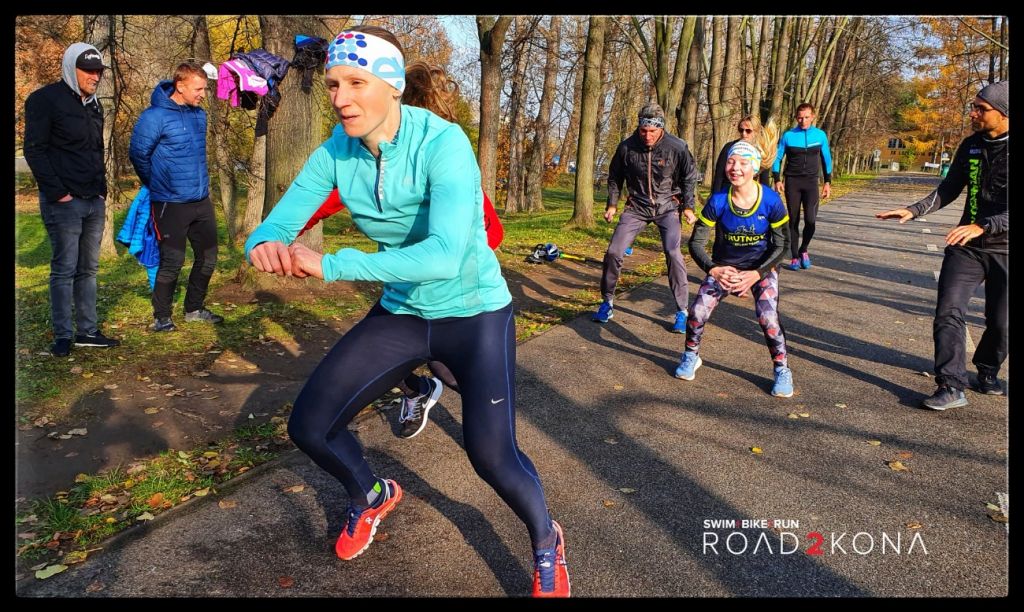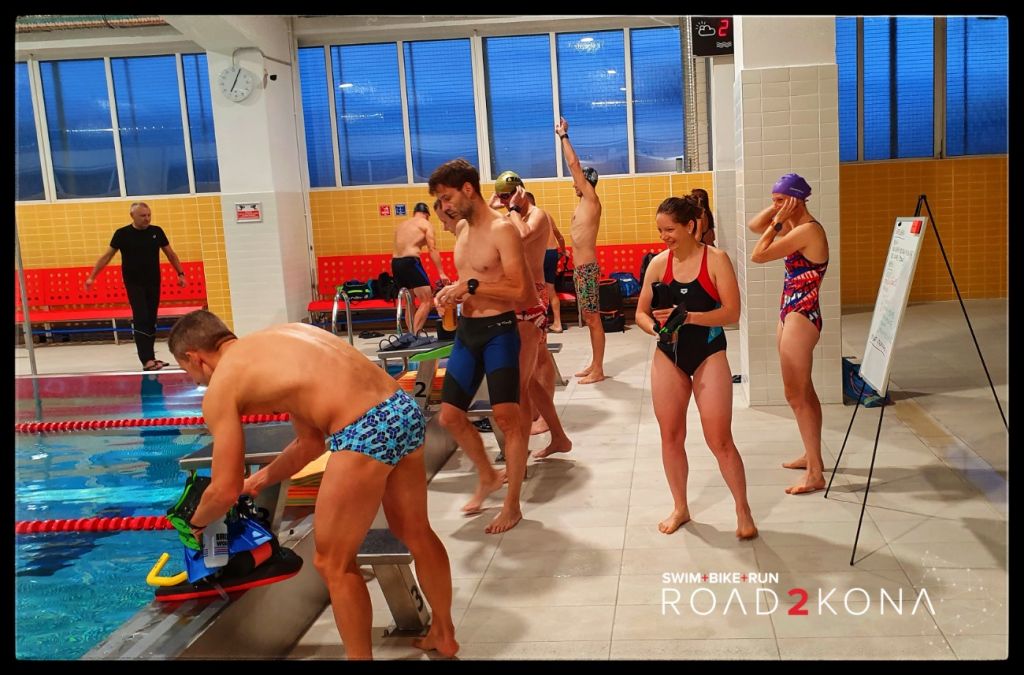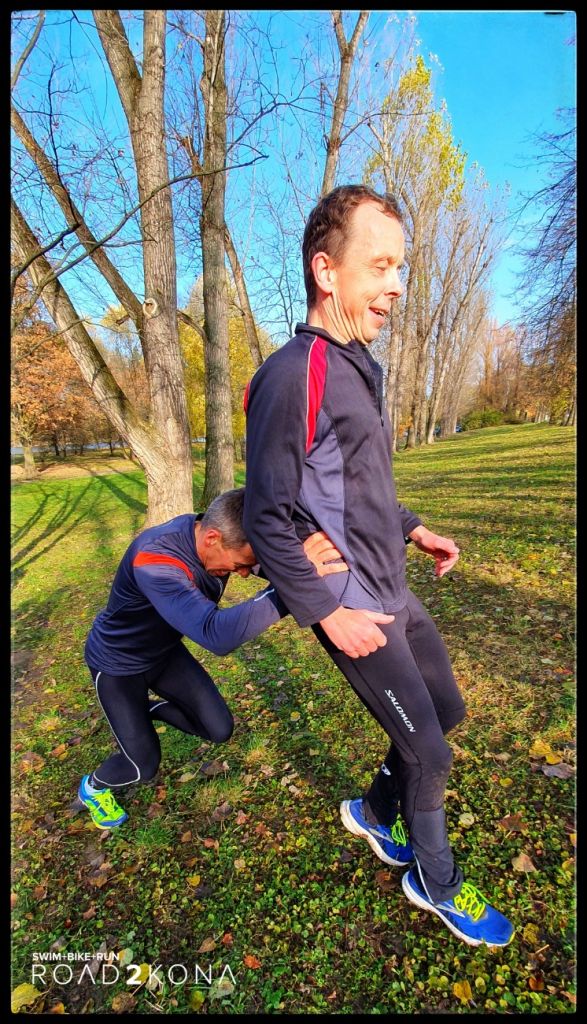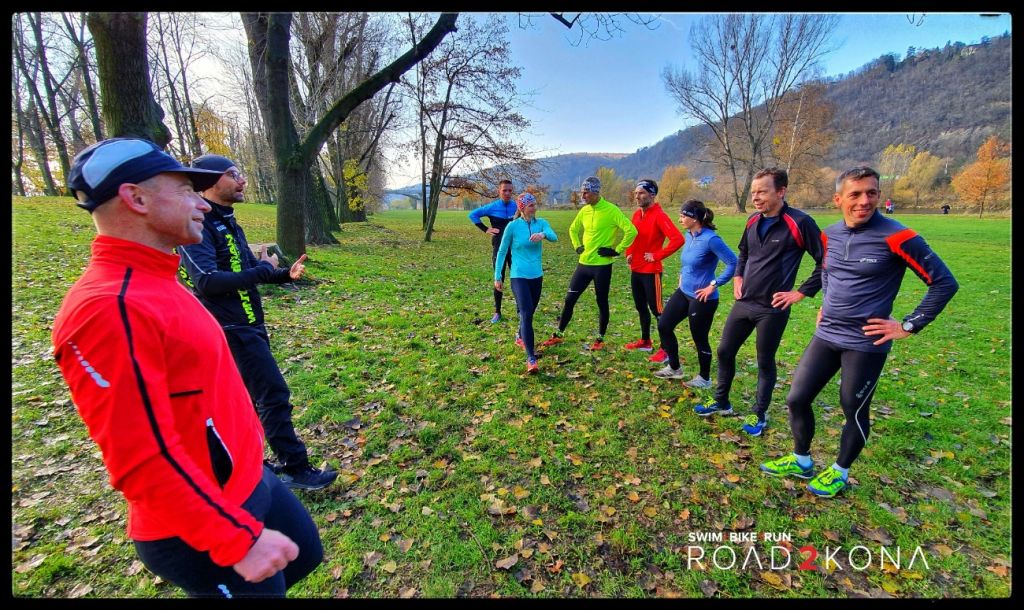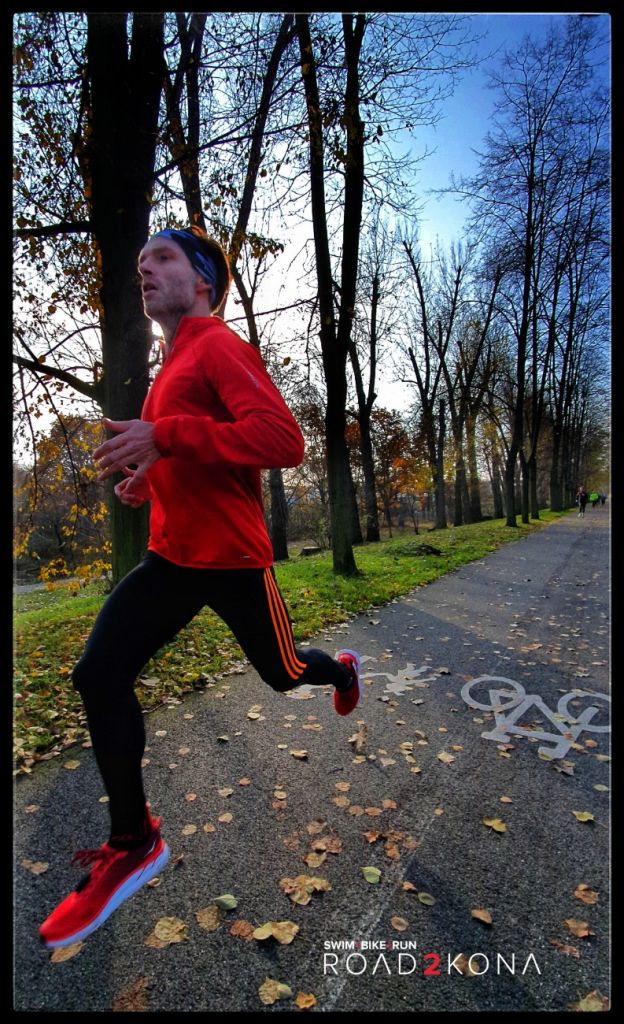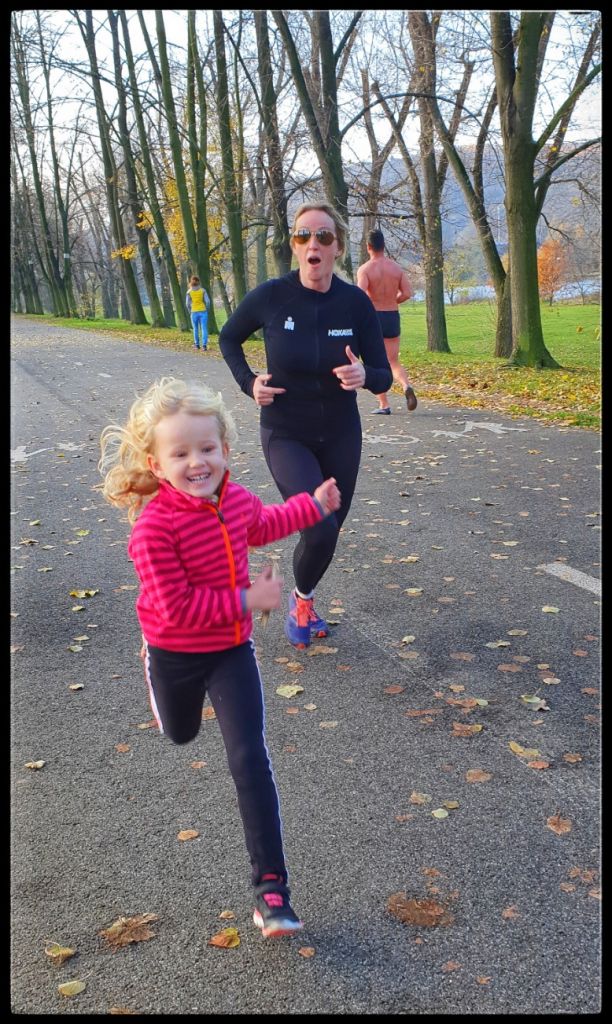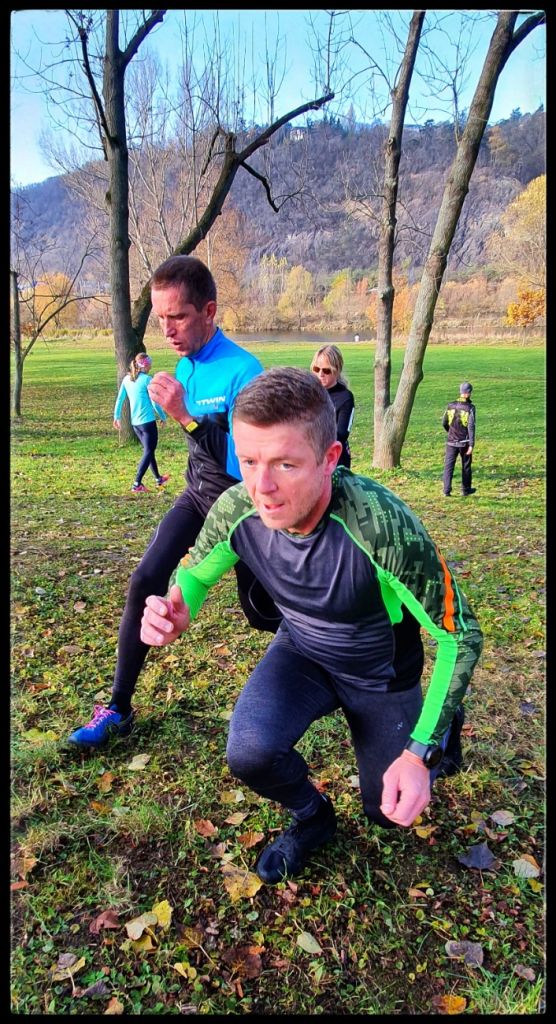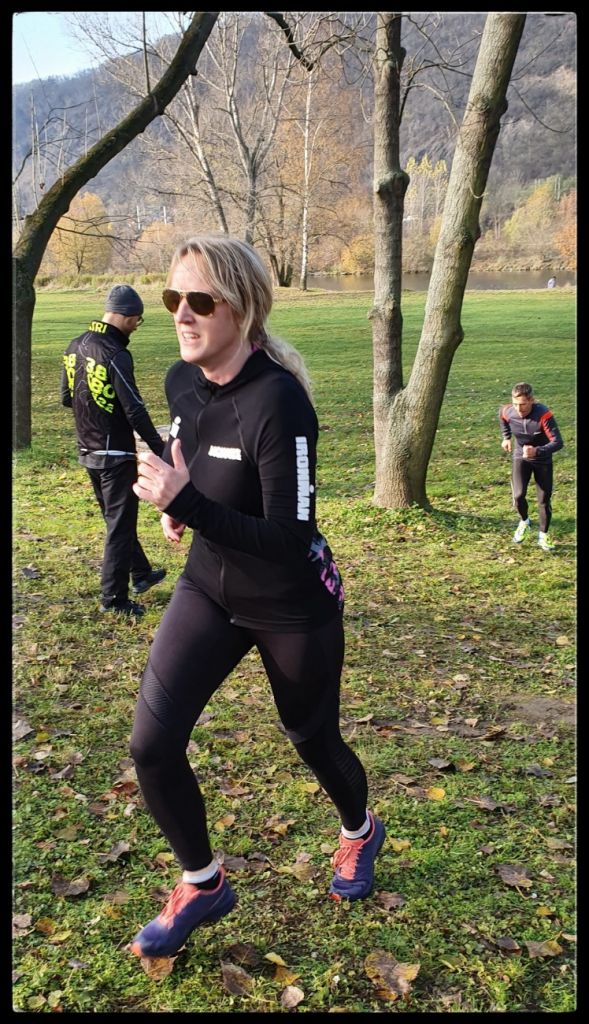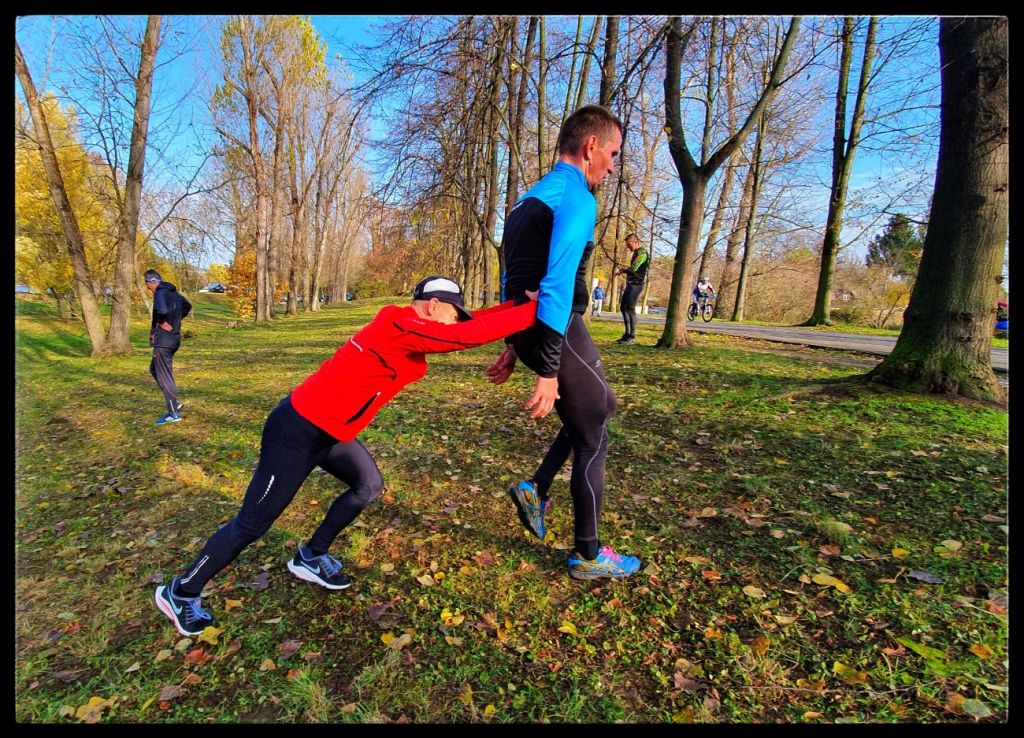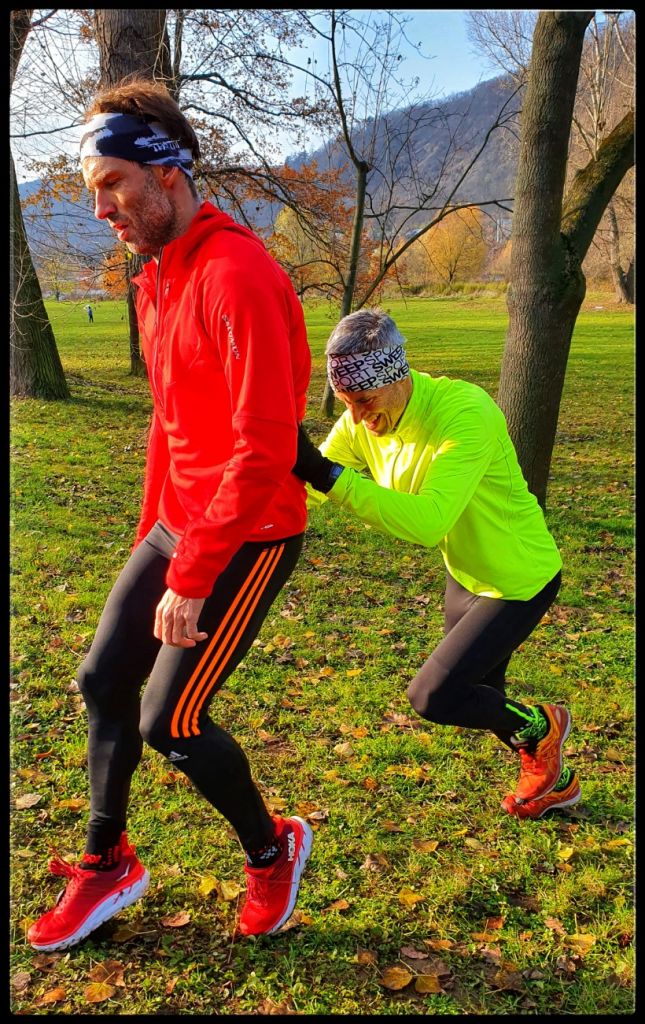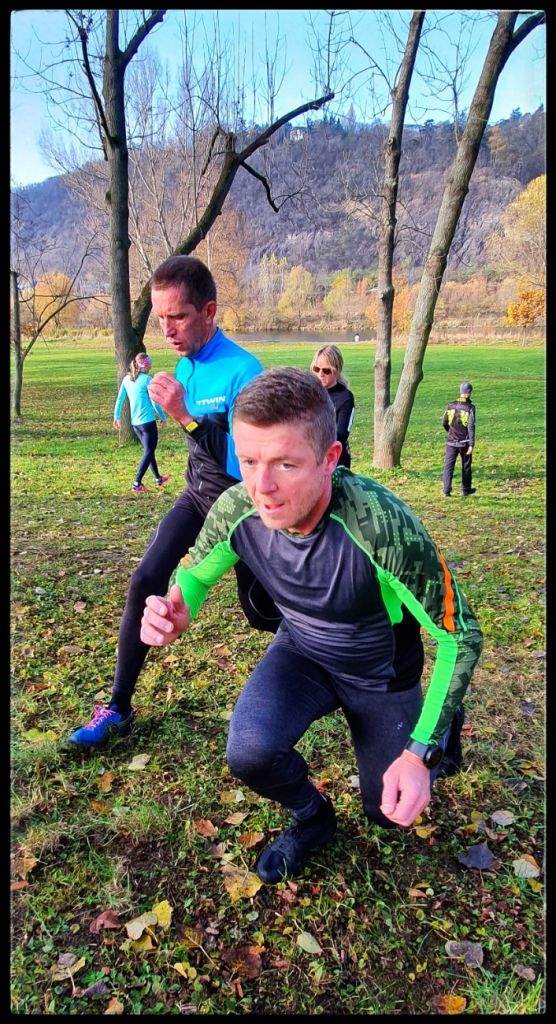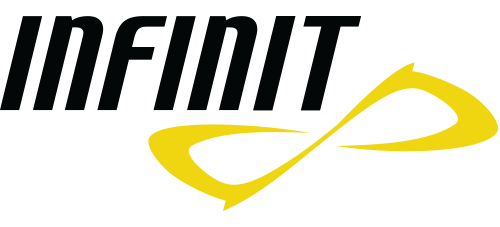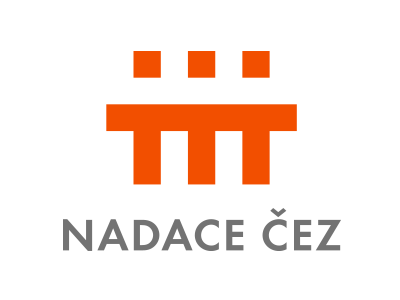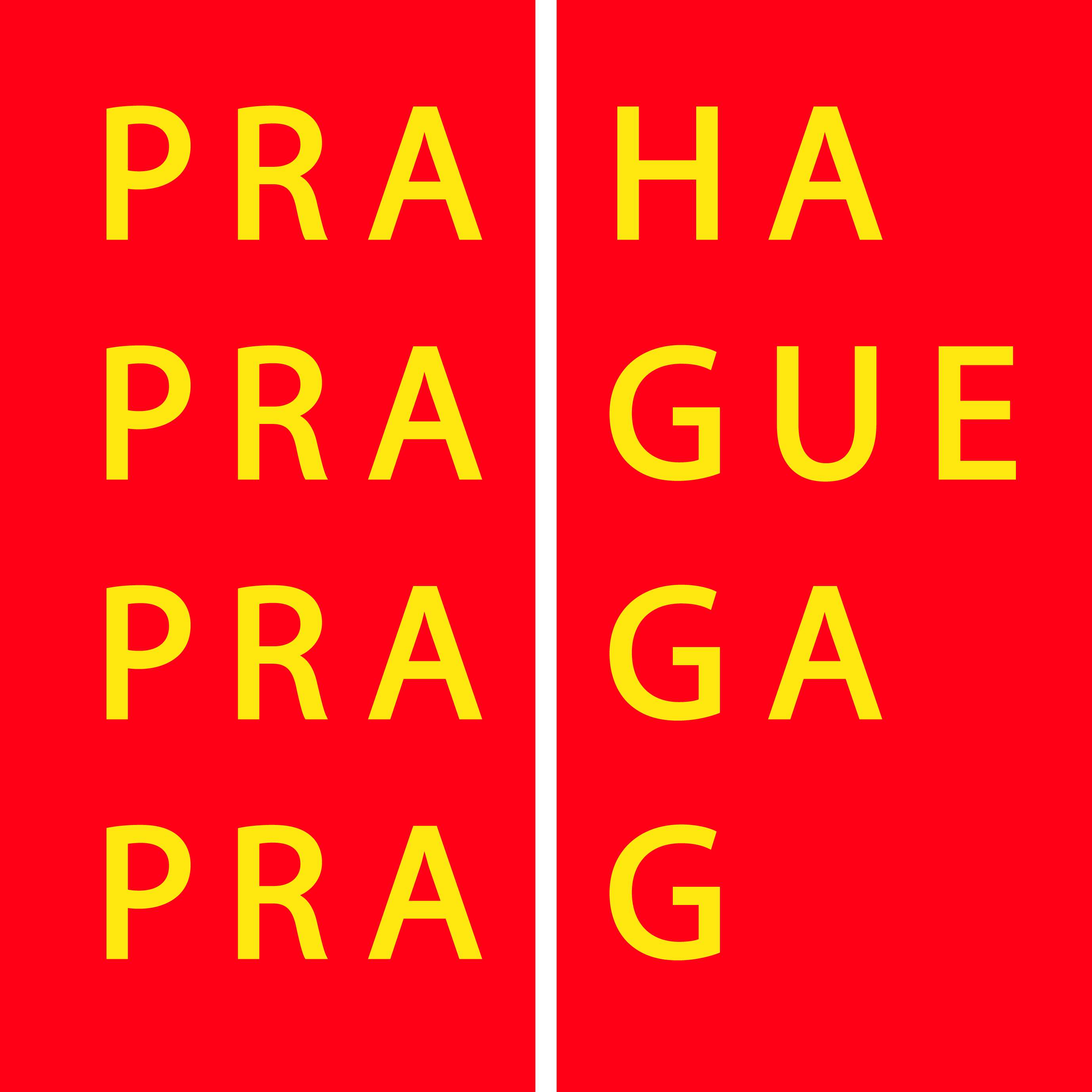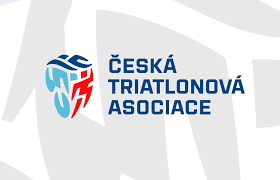It is autumn, and after the racing season, there is still some time for active rest after the season, and planning time is also new. Due to the necessity to register for big triathlon races one year in advance, most active racers are already clear and now is the time to plan the training and preparation itself. Autumn is seen as a start, when the body again gets used to the training load and when it is time to change and improve the technique. As in the water, but also in the dry. Today I will focus on improving the swimming technique, which for many is the hardest part of a triathlon race. Mostly it is because they did not swim and have no sense of water as children and they started to learn to swim at a younger age. Again, for triathlon (medium, long) it's not all about technology, but about strength and the ability to withstand aerobic beats (or slightly above AEP). Therefore, I think everyone is able to learn to swim in neoprene pace 1: 45/100 m, which is the Ironman distance time around 1:06 Someone can do it in a year of swimming training, but someone will need it a little longer… But it will not come and optimal frequency of swimming training should be 3 times a week (in the preparatory period November, December) and 5 times a week. It won't work without it. Together with former Czech national triathlon coach Jirka Jelinek and swimming Cach Learn2swi I will try to choose the most common swimming mistakes and briefly describe how to work on their elimination. Of course, this article will not teach anyone to swim well, but it may help you to realize what you are doing wrong while swimming and then think about it and try to improve it. If you are interested in consulting these advice in practice, we will swim in Prague in Třebešín: MON, TU, WED, FR, SAT 6: 15-7: 30 and in Brno on Kraví Hora MON, WED, FR 6: 00-7: 00 Or at the swimming camp, which is next weekend 16-17.11. in Prague. More info at www.learn2swim.cz

Flowing position
Error description:
Being able to lay on the water and stay in a flowing position during all training activities is a prerequisite for improving swimming techniques. F
or correct training and development of swimming technique, it is possible to proceed slowly in smooth merging with emphasis on its correct execution.
If not, swimming training is more of a struggle for survival.
If you stand at the edge of the pool and watch swimmers swim underwater, exhale retention is likely to be the most common mistake you will see.
Breath retention causes a higher buoyancy force in the chest area, causing greater foot immersion.
If your problem is just too submerged feet, you should first try to eliminate breathing errors to get the correct body posture.
In addition, accumulating CO2 in the lungs makes exercise difficult due to poor oxygen supply to the muscles.

Removal Proposal:
In any case, we practice the blending without relieving aids including neoprene.
We classify them gradually, step by step. Starting with proper breathing, engaging legs, hands, etc., we should not have trouble flowing position.
The position of the body will also change when you do not breathe so much and you must exhale smoothly while swimming while the face is submerged under water.
At first it may seem unnatural and it will take some time to get used to the new way of breathing. Practice breathing in the deeper part of the pool.
Start treading water and with a deep exhalation through your nose, try to sink without auxiliary movements.
If you have a problem sinking, this is the first sign of breath hold. Exercise until you are able to sink to the bottom.
You will probably be surprised at how much air you have and realize that you originally breathed a small part of your lungs while swimming.
The second tip to lift your feet back to the surface is to try to do a deeper swimming shot. (hand deeper in the transfer phase.
Ideally 20-30 cm below the surface). Being the upper half of your body deeper will also raise your legs.
Feet
Error description:
It is a mistake to think that when swimming in neoprene I do not need my legs and I will “save” them for the next stages of triathlon.
Our legs “drive” the largest muscles in the body with adequate oxygen consumption. With my legs I can keep my body in a stylish position, I can speed up, or respond in time to a change in direction or tempo.
On the contrary, fatigue slows down our feet, forcing us to march differently in the water and ultimately hinders us.

Removal Proposal:
Regular training of legs will delay overall fatigue while swimming. Just look at swimming competitions on TV, for example, to realize how important elements of training are.
Who is not able to swim at all, I recommend starting with fins.
This will allow you to swim forward and gradually get used to the movement that comes from the hip.
After some time you will be able to swim at least for a while without fins.
Hands crossing the axis
Error description:
With a crawl, your arms should never extend beyond the centerline.
And both at the beginning of the shot and especially under water.
Dragging the meshing over this axis is shown in the figure.
This poor arm movement causes unwanted sideways movements, increases forward resistance, shortens the grip, worsens straight-line posture and slows you down.

Removal Proposal:
It is important that the swimmer becomes aware of how the shot is made. Here he is very helpful in video analysis, when he sees himself and is able to realize how he puts his hand in the water and where his axis of body is.
This error is caused by trying to reach the arms as far as possible in front of the body. The problem is not in carrying the arm itself.
As you try to reach your arms as far as possible, torso rotation is necessary to maintain the correct body posture.
Instead of focusing on carrying the entire arm as far as possible, keep in mind that the shoulder blades are as close together as possible.
This allows you to pull your arm forward while turning your torso. Another possible way of correction is to swim the kraula with the board, with one hand holding the board and the other hand doing a crawl engagement.
This will allow you to concentrate more on one-arm engagement and thanks to the plate, your hand will not cross the body axis.
Inefficient underwater stroke
Error description:
Probably one of the most common mistakes swimmers. The shots begin in the preparatory phase and then the hand falls under their body often until stretched.
There really is no strength and therefore the swimmer is unable to move faster. Often the hand is outstretched and also outside the body, when the length of the shot is shorter.
Removal Proposal:
The swimmer must learn to start taking the shot in the preparatory phase, and the hand must already point under the swimmer's body, where he has the greatest shot power. He must also keep an eye on his elbow when he plunges. It is also important to tighten the shot, where it engages the triceps, which pulls the shot to the maximum position. In layman's terms: A hand in the engagement phase bent in the forearm, but you are still trying to be pulled in your shoulder as if someone was still pulling your hand. It is probably similar to when you want to hug someone with both arms. Pull yourself out of your shoulders and shrug your hands in your forearm.
Continuous laying of the arm on the water
Error description:
Many swimmers who try to reach as long as possible end up with an uncontrolled laying of the palm on the water. The hand gets under the water to the position where the wrist is too submerged and the palm acts as a brake. This is one of the most common swimming mistakes in less washed-out triathletes and swimmers.
Removal Proposal:
Try to aim the shot as long as possible in front of you. You must feel as if someone was pulling your hand forward and your hand should be immersed in the water at a 45 degree angle. Just try to do a deeper swimming shot. (hand dip deeper in the transmission phase). Ideally 20-30 cm below the surface. But not at the expense of "drowning" the arm too below the surface By having the upper half of your body deeper you will raise your legs. Here it is necessary to realize that this error is related to the poor transfer phase of the hand, which is carried out slowly and the swimmer puts his hand carefully, in front of himself instead of vigorously plunging into the water and stretches behind it. during the first phase of the shot), it is necessary to swim short sections (50 m) and focus on the correct execution of the technique, when the arm in the engagement phase is bent in the forearm, see troubleshooting above. (trying to reach out) you're still trying to be pulled in your shoulder as if someone was still pulling your hand.







